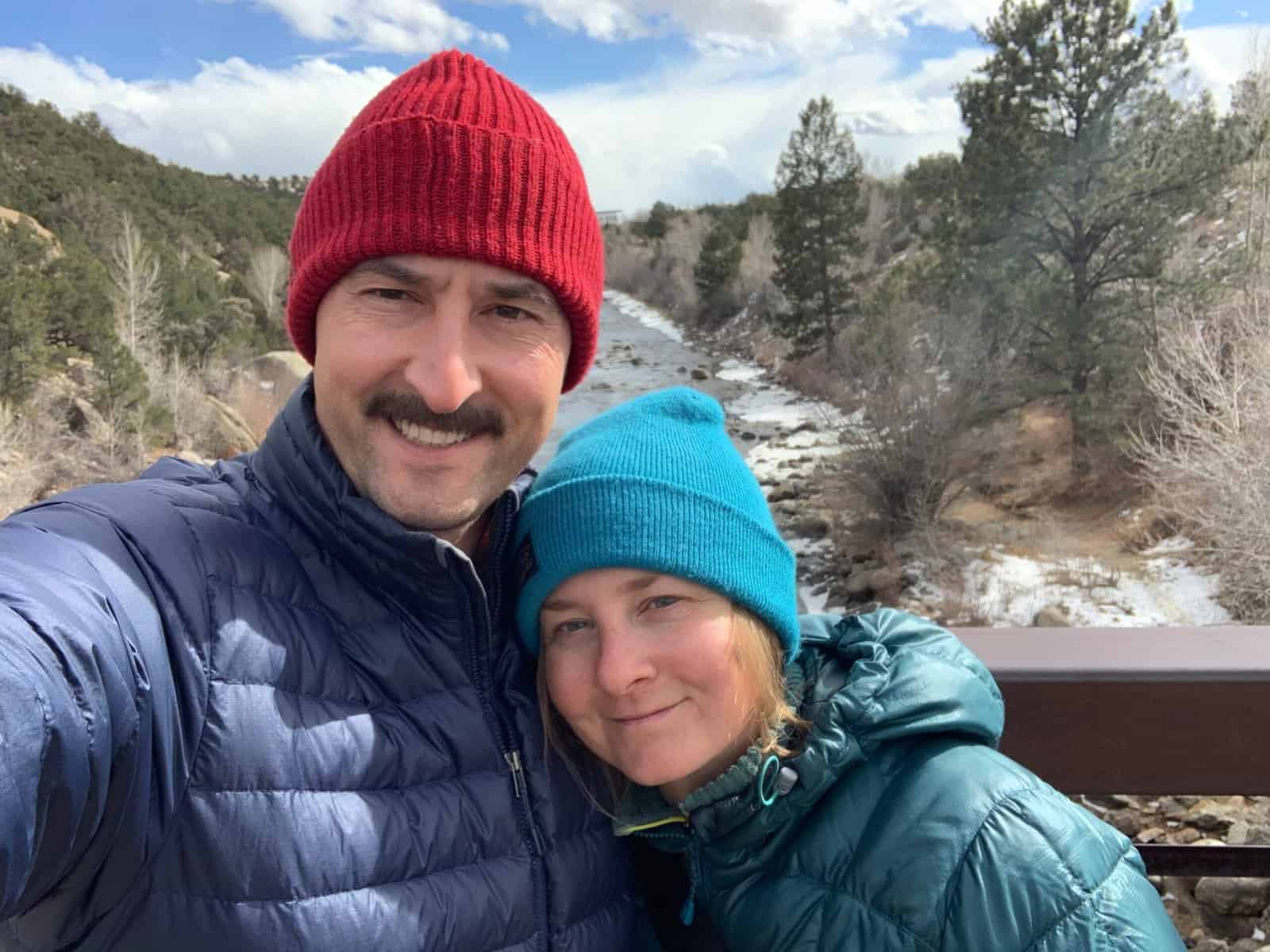DANNY SEBECK
My name is Daniel (Danny) C. Sebeck, and I served in the 10th Missile Squadron and 341 Operations Support Squadron at Malmstrom AFB from 2003-2007. During that time, I heard many stories about missileers with Non-Hodgkin Lymphoma (NHL) from instructors at Vandenberg AFB and peers at Malmstrom AFB, but I never read any studies or supporting information that would cause concern for a 23-year-old missileer. When serving at MAFB, I was unaware that Ted Douglas Poteat, 564 MS, died of NHL in 1994, Jason Jenness, 564 MS, died of NHL in 2001, and Jimmy Broyles, 12 MS, died of NHL in July 2003 while I was at Missile Training at VAFB. Other MAFB missileers have died of NHL since then. I am 1 of 8 known MAFB missileers with NHL that served at MAFB between 2004-2007, and 1 of 12 known MAFB missileers with NHL that served at MAFB between 1997-2007. Health-wise, I’ve never scored other than excellent in 20 years of fitness tests. I have no genetic or other risk factors for NHL other than being a white male. I have no known infections, and I’ve never been hospitalized overnight for any reason. I consider myself to be a very healthy person despite my diagnosis.
Diagnosis: I noticed a lump on my neck on 5 Aug 2022 while shaving. The lump was painless but continued to grow over 30 days to a size just smaller than a ping-pong ball. I had no fatigue and no other lymphoma symptoms. My excellent health gave me no reason to worry. At about the same time, I had a discussion with a coworker, friend, and fellow MAFB missileer who had noticed a few swollen lymph nodes, night sweats, and extreme fatigue. My friend was diagnosed with NHL/Diffused Large B-Cell Lymphoma a week or two later in Aug 2022, encouraging me to press on with my own medical care. I met my primary care manager on 19 Aug 2022 and had blood work and x-rays taken on 24 Aug. Bloodwork was normal, and X-rays confirmed a mass on my neck. I had CT imaging on 29 Aug and Fine Needle Aspiration of the mass on 7 Sep. The FNA showed abnormal cells, which led to a lymph node mass biopsy on 20 Sep for diagnosis. I received an NHL diagnosis on 23 Sep 2022 and a more specific Mantle Cell Lymphoma diagnosis on 30 Sep 2022. As of 3 Apr 2023, I have no other physical symptoms and no abnormal bloodwork. A 6 Oct 2022 PET scan, 6 Oct Bone Marrow Biopsy, and 2 Nov endoscopy/colonoscopy revealed that the NHL/MCL was limited to my neck region. In Oct, I was assigned a Wounded Warrior mentor who served with me as a 10 MS missileer at MAFB and also has NHL. Around the same time, I learned that another 10 MS missileer had NHL and died in May 2020. On 21 Nov, I was informed that I was positive for a TP53 gene mutation, which limits treatment options. This is the general flow of events during my first three months of diagnosis and leading up to treatment.
Treatment: Because NHL/MCL is extremely resistant to treatment, and understanding staging and risk factors is vital to developing an appropriate treatment, I had to await treatment for about 75 days after diagnosis. This was challenging, but it ensured my doctors, my wife, and I completely understood the specific characteristics of my illness. This time also allowed me to orient to my new reality, observe the situation, and decide how to respond. This was when I learned that at least 19 Malmstrom missile community brothers and sisters shared my NHL diagnosis. I utilized the Wounded Warrior Program care managers to find appropriate NHL/MCL treatment options at UC Health Denver and MD Anderson. Multiple other missile community members are seen or were seen at UC Health and MDA, some by the same doctors. On 13 Dec 2022, I started immunotherapy treatment specifically for MCL called the Windows 2 Treatment. It includes cycles of Ibrutinib, Rituxan and Venetoclax, with possible radiation and chemotherapy at some point. Early diagnosis of my NHL/MCL was vital and gave my doctors more decision space in helping me choose the best treatment. I will use my experience to help other members of the missile community seek appropriate care and early diagnosis.

Our prayers are with you and your family. You are doing the right thing. May God bless you and continue to watch over you.
Thank god you are in the protocol 2 ( I am in it as well). We are in the best place possible for a successful recovery..
I am sorry you, your family and others go through this. Thank you for talking about this to help others understand. God bless.
Danny, Thank you for sharing your story and continuing to spread the word on this very serious health issue. Missileer awareness is vital, and we appreciate everything you have done for the community. Best of luck with treatment, and I’ll be in touch!
Appreciating you. Your quick actions will no doubt save lives. Here’s to our government supporting our missileers and their loved ones, solving this mystery and correcting this problem. I hope they do not disappoint us.
Danny, thank you so much for sharing! Will be praying for wisdom for you and your medical team as you go through this process. Believing that God’s plan for your life will work through this battle and that He will receive the glory for your outcome.
Danny, your ability to organize and raise awareness during this time of personal struggle is profoundly admirable. I am so incredibly proud of your service and this work, I remain hopeful that the government will not disappoint us. As always I am praying for your recovery, and honored to call you friend.
I’m dressing up for Halloween this year as my favorite superhero – YOU!